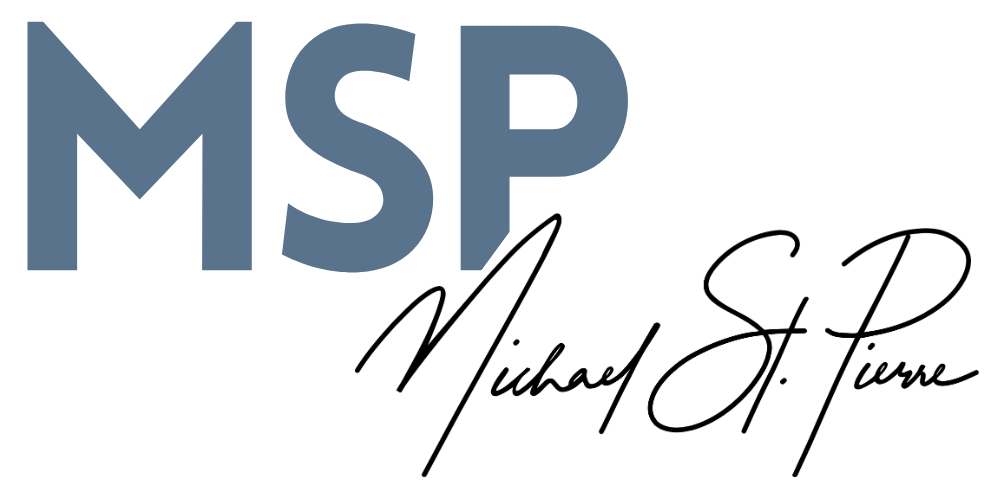In full disclosure, I've only set one goal in my life that actually worked. It was a few years ago and I began a doctoral program in eduction. On my wall, in my office at home, I wrote on a lined piece of paper, 'Finish Doctorate by 42nd Birthday'.
The only problem was that I failed.
The doctorate wasn't completed by my 42nd birthday. I needed another month or so to finalize all of the edits and then ship it out the door. I had failed but my goal had not. Do I feel like it was a failure? Not at all- I had just missed the deadline by a month.
Writing my goal down on paper turned out to be, as science confirms, very helpful. There was something magical about that simple piece of paper, staring at me day after day as I plugged away at my keyboard. Don't take my word for it- check this article out to support the art of writing down goals.
If you're familiar with the Enneagram personality profile, you know that some of us are hardwired to be goal-driven and others are not. I am somewhere in between- a keen list maker but not always defaulting to goals.
Download The Free Daily Planning Sheet
This is the planning page we suggest using every day.
How about you? Where do you fit into things?
With all of that said, I realized shortly after the doctorate was done that goal setting needed to expand in my life. "If it could work with one goal, maybe it could work with another," I told myself.
The "big" approaches to goals didn't appeal to me (think, Michael Hyatt's 5 Days program). I didn't want to spend the money and typically don't like manufactured frameworks towards life change. They feel fake to me.
Similarly, the "three words" approach didn't strike a chord (think, Chris Brogan's New Year's approach to themes for the year) as it felt like someone else's gig. I had to find something else and something that could work for me.
It finally appeared in an obscure blog post by Laura Vanderkam. Her approach fit perfectly into how I think and the things I want to do in 2017.
Here's Laura's way of setting goals:
1. Three simple categories: career / self / relationships.
2. Quarterly lists: Q1 (Jan, Feb, Mar), Q2 (Apr, May, Jun), Q3 (Jul, Aug, Sep), and Q4 (Oct, Nov, Dec.)
3. Super simple and briefly stated goals: write 30% of my next book, run twice a week at a 9 minute clip, etc.
It turns out that this approach, while I've tweaked it slightly, is very effective for at least three reasons:
1. It gives you permission to delay a goal. For example, one of my goals is to create a second digital product for my website but I don't have the bandwidth to do this until Q2. Since it's on my list for the year, I don't feel any pressure to tackle it until then.
2. It enables you to potentially tackle 12 goals for the year. That's a lot! Even if only 8-9 get done, that will still be considered to be a productive year.
3. It lets you look at a balanced menu of goals. Instead of just going with all fitness goals, you get to canvas all of your life, adding other areas to your set of goals.
I've adapted Laura's approach and so far, two weeks in, it's really working well. One of my goals was to get serious about reading traditional books. I'm currently tackling Growing Young and it feels good to sit down and read more than I had been towards the end of 2016.
So that's it. A very simple approach to goal setting. Try it for yourself in order to see if it works.

